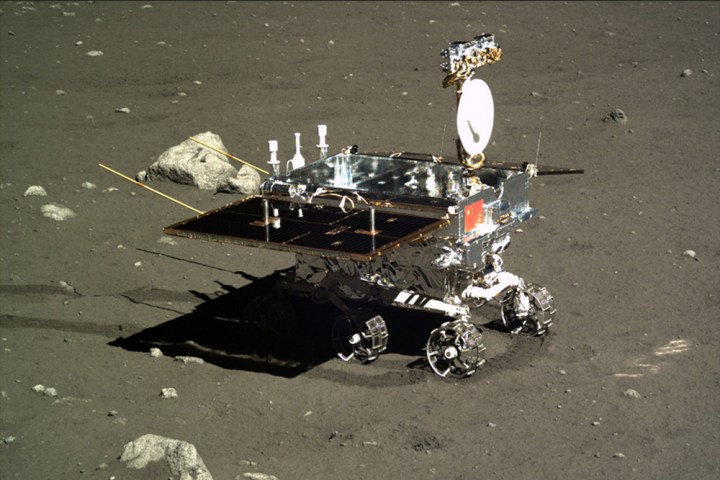
China’s increased interest in sending a probe to this area of the moon comes as a direct result of a mission carried about by another one of its Chang’e landers, the Chang’e-3. Back in 2013, China launched the Chang’e-3 lander (outfit with its Yutu rover) and set its course for a routine and soft landing on the moon — the first craft to make such a journey since 1976. In the years since its arrival, the rover and lander have worked harmoniously to analyze the area of the moon surrounding their landing location, despite losing some functional abilities due to the moon’s frigid environment.

According to a scientific paper in Nature Communications, the area around the Chang’e-3’s landing site produced mineralogical samples unlike “other mare sample-return sites,” moving researchers to conclude them a “new type of mare basalt not previously sampled.” Additionally, the paper suggests the chemical composition of these samples — of which it says came from “relatively young mare lava flows” — contain information regarding the moon’s late volcanic activity. Essentially, China found a new kind of moon rock and thinks the moon’s history is much more complex and active than previously thought.
For the upcoming mission, China plans to outfit the Chang’e-4 with a larger payload (including another rover) yet still intends on making a soft lunar landing — like its Chang’e-3 kin. Once it arrives, the Chang’e-4 and its rover will primarily analyze the geological conditions of the dark side of the moon’s thicker crust. Considering no space program has ever carried out a mission similar to this, the inevitable findings of China’s mission will undoubtedly shed more light on just how dynamic the moon’s history actually was.


